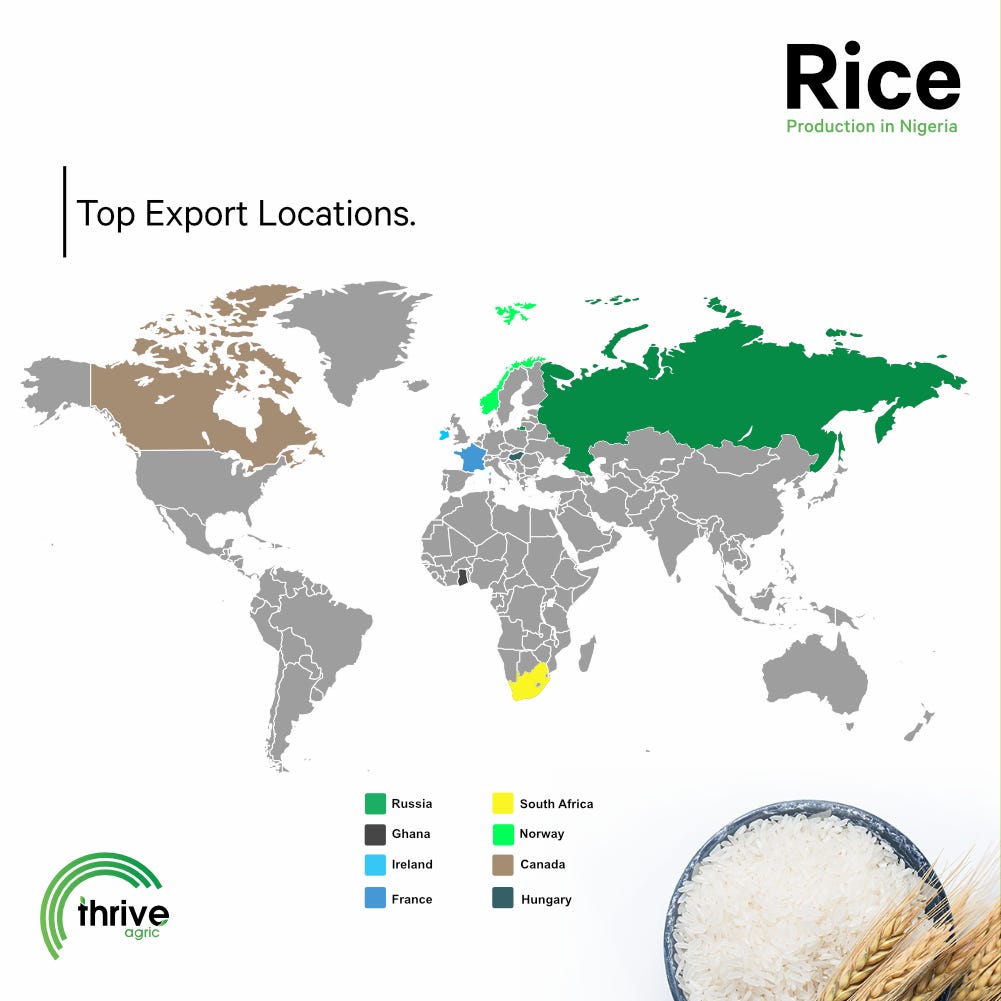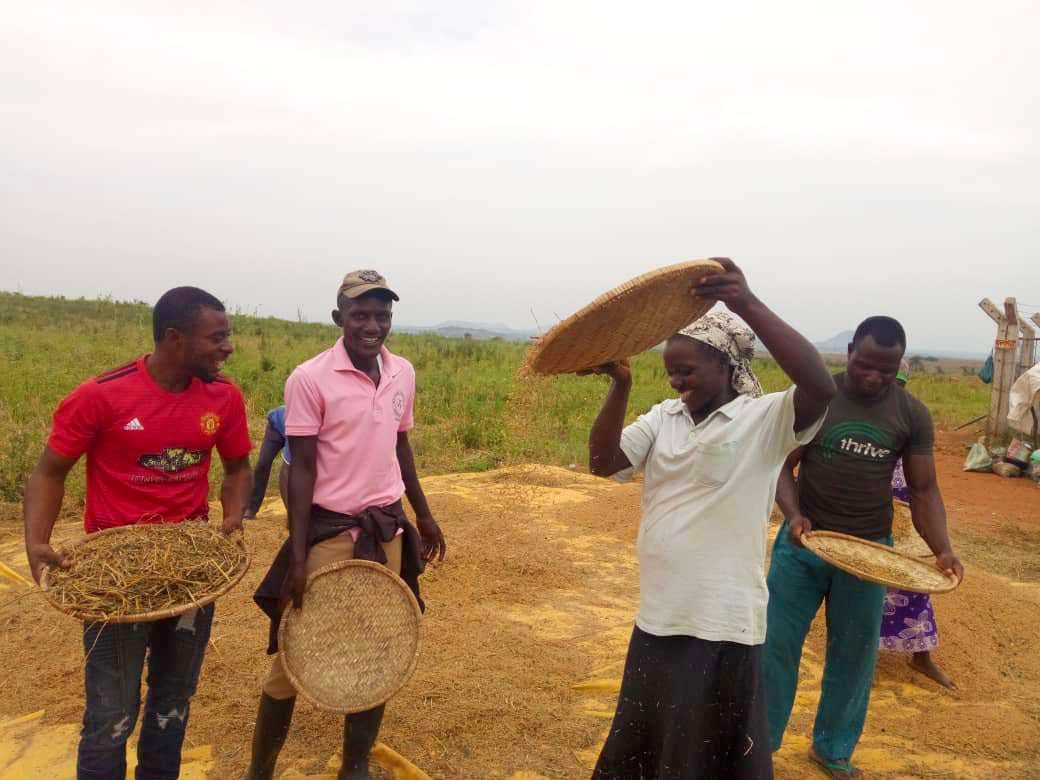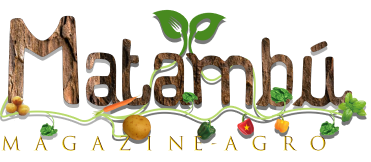[ad_1]
In spite of the oil, agriculture stays the bottom of Nigeria’s economic system, offering the principle supply of livelihood for many Nigerians. The sector faces many challenges, notably an outdated land tenure system that constrains entry to land (1.8 ha/farming family), a really low degree of irrigation growth (lower than 1 p.c of cropped land beneath irrigation), restricted adoption of analysis findings and applied sciences, excessive price of farm inputs, poor entry to credit score, inefficient fertilizer procurement and distribution, insufficient storage amenities and poor entry to markets have all mixed to maintain agricultural productiveness low (common of 1.2 metric tons of cereals/ha) with excessive publish harvest losses and waste.
Even although agriculture nonetheless stays the most important sector of the Nigerian economic system and employs two-thirds of all the labour pressure, the manufacturing hurdles have considerably stifled the efficiency of the sector. Over the previous 20 years, value-added per capita in agriculture has risen by lower than 1 p.c yearly. It is estimated that Nigeria has misplaced not less than USD 10 billion in annual export alternative from groundnut, palm oil, cocoa and cotton alone attributable to steady decline in the manufacturing of these commodities. Food (crop) manufacturing will increase haven’t stored tempo with inhabitants development, ensuing in rising meals imports and declining ranges of nationwide meals self-sufficiency. The primary elements undermining manufacturing embrace reliance on rainfed agriculture, smallholder land holding, and low productiveness attributable to poor planting materials, low fertilizer software, and a weak agricultural extension system amongst others.
The massive questions stares us in the face; Nigeria is the continent’s main client of rice, one of many largest producers of rice in Africa and concurrently one of many largest rice importers in the world. As nicely as an vital meals safety crop, it’s a vital money crop for it’s primarily small-scale producers who generally promote 80 p.c of whole manufacturing and devour solely 20 per cent. Rice generates extra earnings for Nigerian farmers than another money crop in the nation.
Rice is such a staple in Nigeria, we’ve come to make finance and financial savings quotes like; There is rice at house, and even profitable the jollof wars. All that is indicative of the truth that Nigeria consumes virtually 7 million tonnes of it a yr.
Rice is among the most consumed staples in Nigeria, with a consumption per capita of 32kg. In the previous decade, consumption has elevated 4.7%, virtually 4 instances the worldwide consumption development, and reached 6.4 million tonnes in 2017 — accounting for c.20% of Africa’s consumption. As at 2011, rice accounted for 10% of family meals spending, and 6.6% of whole family spending*. Given the significance of rice as a staple meals in Nigeria, boosting its manufacturing has been accorded excessive precedence by the federal government in the previous 7 years. Significant progress has been recorded; rice manufacturing in Nigeria reached a peak of three.7 million tonnes in 2017.
Despite this enchancment, comparatively, Nigeria’s rice statistics counsel there is a gigantic potential to lift productiveness and enhance manufacturing. Yields have remained at 2 tonne per hectare, which is about half of the typical achieved in Asia. In addition, as inhabitants will increase, together with rural to city migration, guaranteeing meals safety in key staples turns into crucial. However, meals safety can’t be achieved by a system that relies upon virtually totally on human muscle energy and different handbook strategies.
Globally, rice manufacturing has grown at an annual common of 1.0% over the previous decade, reaching 486.7 million tonnes in 2017. Most of this development has come from Asia, accounting for 89% of worldwide output. China and India are the most important producers, every with a share of 29.6% and 22.6% of worldwide manufacturing respectively. In the remainder of the world (ex-Asia),rice manufacturing has risen steadily over the previous many years, accounting for 15% of whole manufacturing by 2017, a marginal enhance from 12% in the final twenty years.
Global rice consumption stays robust, pushed by each inhabitants and financial development in Asia and Africa. Over the previous twenty years, rice demand elevated at an annual common of 1.2% to succeed in 481.6 4 million tonnes in 2017.
That’s numerous rice, and in order to maintain up with demand, the nation has imported enormous quantities of the grain. But it’s not alone — in response to the African Development Bank, about $35bn is spent on meals imports yearly throughout the continent. This is although Africa is house to two-thirds of the world’s most arable uncultivated land. To increase meals safety, Nigeria has curbed imports and is now making an attempt to encourage extra rice manufacturing at house. But there’s nonetheless much more work that must be finished.
Read: A growing problem: Nigerian rice farmers fall short after borders close.

With the border closure, discount in the importation and enhance in the market value of Rice, you may’t assist however ask, how does this have an effect on rice manufacturing in Nigeria?
Here’s what you need to know in regards to the present state of rice manufacturing in Nigeria. Nigeria is the most important producer of Rice(paddy) in Africa with a mean manufacturing quantity of 8 million metric tonnes. As of 2019, Nigeria ranked because the 14th largest producer of rice in the world with China being the highest producing nation.
As of 2019, Africa had a complete manufacturing quantity of 14.6M, Nigeria produced about 55% and Egypt produced about 30% of the manufacturing quantity.

Nigeria exports Rice(paddy) to completely different international locations in Africa like Ghana and Botswana. Also, export locations in Europe embrace Russia, France, Ireland, Hungary.

As of December 2019, a kg of rice(paddy) bought for about NGN120 in the native market whereas, in the worldwide market, it bought for as excessive as NGN281.

Rice is used for various functions however primarily eaten as a staple meals in Nigeria and different elements of Sub-Saharan Africa. The again of the rice known as rice husk which is eliminated in the course of the processing of rice can be utilized in the livestock business to supply feed.
What do we predict are the subsequent steps in scaling rice manufacturing in Nigeria and Africa at massive? Well, we thought to present this a root trigger drawback fixing method and provides some insights into the constraints.
In the irrigated rice schemes, manufacturing constraints embrace low nitrogen-use effectivity and iron toxicity, illness and pest stress (particularly birds), and low mechanization. Socioeconomic constraints embrace a scarcity of involvement of farmers in the planning and implementation of irrigation schemes, lack of entry to inputs (together with credit score), and a lack of labor and an ageing farming inhabitants due to migration to cities. Rice yield in these schemes is 3.0–3.5 t/ha in contrast with the potential of seven–9 t/ha.
In the rainfed lowland surroundings, rice cultivation is characterised by a low yield vary of 1.5–3.0 t/ha vis-à-vis a possible of three.0–6.0 t/ha, induced by suboptimal water administration, insufficient weed administration, low adoption of contemporary varieties, low mechanization, pest and illness stress, and unsure land tenure.
In the upland surroundings, rice cultivation is challenged by drought, low adoption of improved varieties, soil acidity and normal soil infertility, poor weed management, restricted capital investments and labor shortages, and low mechanization. Yields vary from 1.0 to 1.7 t/ha in contrast with a possible of two.0–4.0 t/ha.
Farmers and rice worth chain actors have problem in accessing agro-inputs, significantly high quality seed, fertilizer, and credit score. Infrastructure growth is lagging behind with respect to irrigation amenities, feeder/rural roads, and rice storage and processing capability. In the previous, modifications in authorities insurance policies in the areas of concessions and tariffs have discouraged buyers. In normal, the rice worth chain is characterised by yields which can be far beneath what could be doable with improved administration, improved market data and construction, and ample and up to date rice-processing capability.
Imported rice volumes dominate rice buying and selling in Nigeria due to the poor high quality of regionally produced rice. An enormous potential marketplace for regionally produced rice exists in city facilities if high quality, requirements, and grading are addressed. The authorities plans to place extra land beneath irrigation for rice manufacturing and rehabilitate dilapidated irrigation schemes beneath the Agricultural Transformation Agenda. For upland rice programs, NERICA varieties can be promoted in the north-central and southwest areas of the nation. Yield gaps will be decreased considerably throughout environments by the adoption of excellent agricultural practices and rules (built-in rice administration), and the usage of strong and high-yielding varieties.
Policies and circumstances that supply alternatives for creating the rice sector in the nation embrace zero tariffs on agricultural equipment and gear, a big home marketplace for rice merchandise and by-products, authorities subsidies on fertilizer, seed, and tractors and implements, and assured minimal value help for farmers. The credit score system has additionally obtained a lift from the federal government’s institution of rice-processing credit score schemes at 4% rate of interest and a 15 years’ payback interval to extend nationwide rice-processing capability.
Sources: FAO’s FAOSTAT database on-line and AQUASTAT database on-line, as of September 2012.
Our work with tens of hundreds of rice farmers minimize throughout the issues of entry; to finance, knowledge pushed advisory and premium markets for produce. How have we made this doable and minimize by these obstacles for elevated manufacturing? By offering improved seeds, meticulously supporting the farmers with fashionable agro practices that will increase yield and likewise connecting them with markets that assure elevated yield for his or her operations.



PWC says that Nigeria’s mechanisation has remained low at 0.3 hp/ha, relative to 2.6hp/ha in India and eight hp/ha in China. The variety of agricultural tractors is estimated round 22,000, relative to 1 million and a couple of.5 million in China and India respectively. Low earnings, restricted entry to inexpensive financing and the dearth of technical abilities have restricted the adoption of mechanisation throughout the rice worth chain.
We estimate that growing the mechanisation price in Nigeria from 0.3hp/ha to 0.8hp/ha in the subsequent 5 years, can double rice manufacturing to 7.2 million tonnes. To obtain this, we estimate that Nigeria might want to not less than triple its present inventory of equipment over the identical interval. In addition to elevating manufacturing, adequately growing mechanisation has the capability to lift yields, enhance labour productiveness, scale back post-harvest losses, enhance earnings generated by farmers and deepen import substitution.



Nigeria’s mechanisation hole supplies quite a few alternatives for funding throughout the agricultural worth chain. To appeal to the required funding, the federal government must create an enabling surroundings that ensures mechanisation is worthwhile. In phrases of priorities, the federal government ought to consider: addressing challenges round land tenure and possession, offering rural infrastructure and extension companies, and guaranteeing incentives are clear and accessible to all buyers.
[ad_2]
Source link










